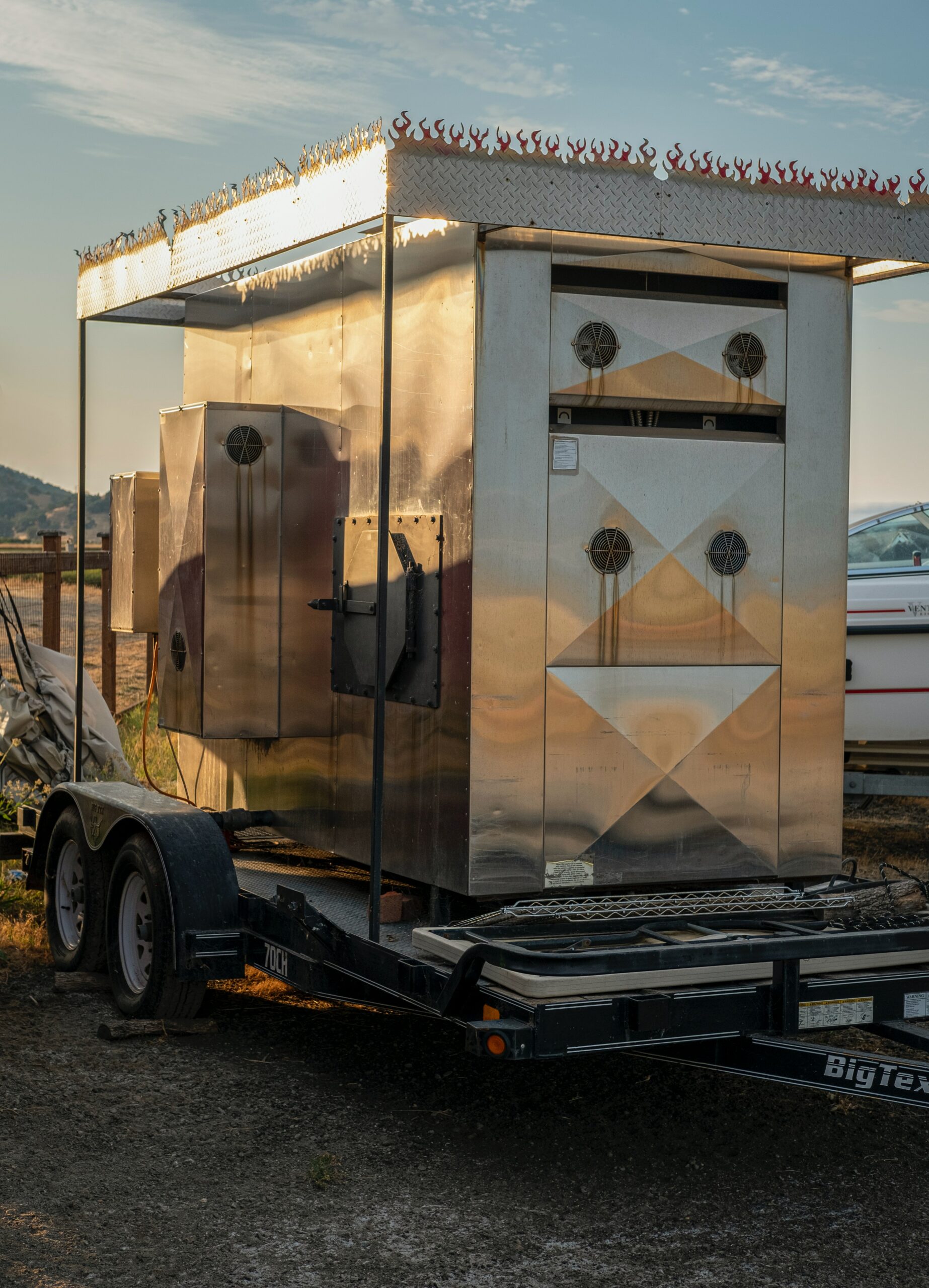So there I was, cruisin’ down the highway with my brand new camper in tow. I had just picked it up from the dealership and I was feelin’ pretty good.
I mean, I had just spent a pretty penny on this bad boy and I was excited to take it out for a spin. As I was merrily chuggin’ along, I noticed that my camper was startin’ to sway a bit.
I thought to myself, “Well that’s not good.”
I tried to keep calm and steady the wheel, but before I knew it, the camper was swayin’ back and forth like a crazy person.
Cars were honkin’ at me, and I was about to have a panic attack. I pulled over and realized that I needed some sway control. And that’s when I learned that a weight distribution hitch is not just a fancy name, it’s a lifesaver.
Table of Contents
What Is a Weight Distribution Hitch?
A weight distribution hitch is a device that helps distribute the weight of your trailer more evenly across the axles of your tow vehicle and the trailer.
This helps to improve the overall stability and handling of your rig, and can also help to prevent swaying and other dangerous situations.
Why Do You Need Sway Control?
Sway control is an important feature that helps to keep your trailer in line while you’re driving.
If your trailer is not properly balanced, it can start to sway back and forth, which can be dangerous and cause accidents.
Sway control helps to keep your trailer stable and prevent it from swaying, which can help to keep you and other drivers on the road safe.
What Are the Different Types of Sway Control?
- Friction sway control – This type of sway control uses friction to keep your trailer in line. It is typically a simple and affordable option.
- Dual-cam sway control – This type of sway control uses two cams to keep your trailer in line. It is typically more expensive than friction sway control, but it also tends to be more effective.
- Electronic sway control – This type of sway control uses electronic sensors to detect when your trailer is starting to sway, and then applies brakes to keep it in line. This is typically the most expensive option, but it is also the most advanced and effective.
How To Choose The Right Sway Control
Choosing the right sway control will depend on your specific needs and budget. If you’re on a tight budget, a friction sway control may be the best option for you.
If you’re looking for something that is more advanced and effective, then a dual-cam sway control or electronic sway control may be a better choice.
Frequently Asked Questions (FAQ)
Can I use a weight distribution hitch without sway control?
You can technically use a weight distribution hitch without sway control, but it’s not recommended. Sway control is an important safety feature that helps to keep your trailer in line and prevent accidents.
Without sway control, your trailer may start to sway back and forth, which can be dangerous and cause accidents.
How often should I check my sway control?
It’s a good idea to check your sway control before every trip, and to make sure that it’s properly adjusted and functioning correctly.
Additionally, it’s also a good idea to have your sway control inspected and serviced by a professional every few years, to ensure that it’s in good working condition and that it’s able to effectively keep your trailer in line.
In Conclusion: Sway Control is a Must-Have
All in all, sway control is an important feature that you should definitely consider when you’re towin’ a trailer.
Whether you’re a seasoned pro or a newbie, it’s a must-have for keeping you and other drivers on the road safe. So don’t be like me and learn the hard way, make sure you got sway control before you hit the road!
